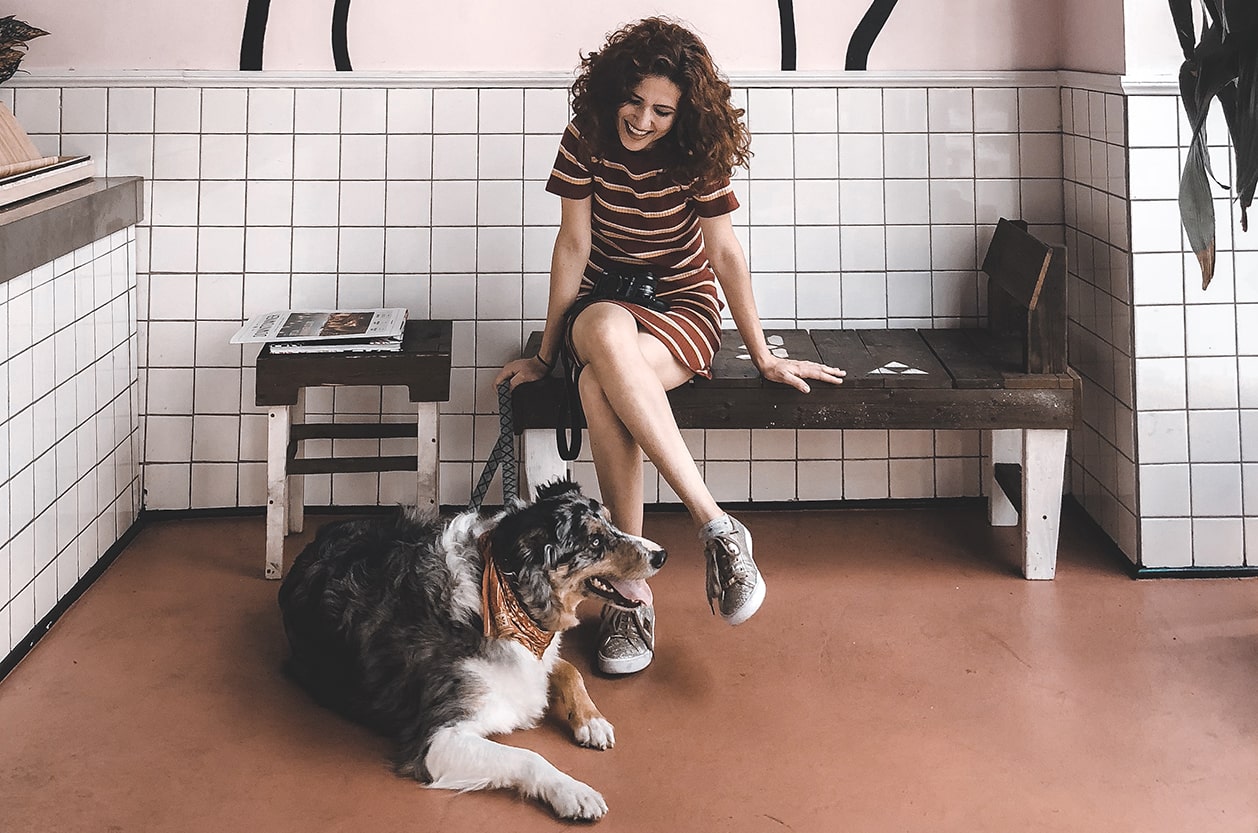Traditional marketing is about what your customers can do for you and how much revenue you can squeeze out of them. But relationship marketing is the other side of this coin; it’s all about developing your brand and reputation, so customer loyalty and referrals drive your revenue.
As the world becomes more technological, consumers are more informed, educated and empowered. Customers today crave a break from all their tech and seek brands that speak their language.
Let’s look at some relationship marketing examples to learn from businesses that have built successful relationship campaigns.
What Is Relationship Marketing?
Before we dive in too deep, let’s get some basic definitions out of the way.
Relationship marketing is a marketing technique that focuses on building a human connection between a brand and its customers. This approach encourages customer retention, loyalty and satisfaction.
Effective relationship campaigns play a significant role in increasing your customer lifetime value (LTV). To start building this loyal customer base, you’ll need to develop buyer personas and understand your customers' needs, wants and pain points.
Once you can uncover your top customer cohorts, you can start segmenting your customer database and executing real relationship-centric marketing.
Relationship Marketing Stages
Relationship marketing is like a romance between a brand and its customers; it follows the natural progression of a romantic relationship. Here are the key steps to relationship marketing:
- Attraction: The brand and the consumer lock eyes.
- Connection: The brand pulls it together, plays it cool and speaks to the consumer in a way that pique's the consumer's interest. The consumer's heart skips a beat, and they want to learn more.
- Dating: The brand wants to get to know the consumer a little better, so it asks for the consumer's information. It asks if it can reach out. If the consumer says no, the brand must return to step 2 and establish a stronger connection. The consumer takes the brand more seriously as a potential partner but is still weighing their options.
- Relationship: The consumer and the brand make it official! In this level of their relationship, there is an equal give-and-take, but it must always be equal. If the consumer doesn't want to give, the brand shouldn't try and take. The brand should go back to step 3 and continue courting the consumer until they're ready for something more serious.
- Marriage: The consumer and the brand are in a life-long, committed relationship, and they live happily ever after... almost. Marriages are hard work and revolve around effective communication – primarily listening. The consumer will discover its pet peeves with the brand (too many emails, not paying attention to their preferences, not listening to their complaints). However, if the brand can take feedback and improve, this will be the most fruitful stage of a relationship. The brand must work to achieve eternal happiness with the consumer.
To help you put your relationship marketing strategy into practice, we've gathered the best relationship marketing examples as they relate to the various stages of the inbound marketing funnel.
Relationship Marketing Examples
1. Attracting Customers - Game of Thrones
Relationship marketing begins with the first impression of your brand that customers see. Whether that’s a blog post you rank for organically or a Snapchat Geofilter Ad, every impression counts.
HBO won a Webby Award for Best Overall Social Presence for Game of Thrones. The purpose of the campaign was to engage new fans and build momentum for the release of the fifth season.
The show’s devoted fanbase made it easy for HBO to build and showcase user-generated content (UGC), further enhancing fans' relationship with the television series. Season 5 of Game of Thrones was not only HBO's most-watched premiere but also its most social premiere.
2. Converting Customers - The Sea We Breathe
For ecommerce brands, it's critical to have a user experience that vibes with your customers. One unnecessary friction point in the checkout process will send that potential long-term customer relationship out the door and over to Amazon or another competitor.
It's a common misconception that B2C (business-to-consumer) brands cater to a more visual audience than B2B (business-to-business) brands. A clear and easy way to stand apart as a B2B company in the digital world is to have a visually stunning website designed to convert traffic into leads.
In October 2021, the FWA announced The Sea We Breathe as its Website of the Day. The Sea We Breathe is an environmental charity that aims to restore the ocean’s health.
Their website is designed to appeal to potential donors and partners who could aid them with their efforts. The stunning visuals and unique audio features succeed at engaging site visitors and create an opportunity to educate them about the ocean’s present state and future needs.
3. Retaining Customers - NYX Cosmetics
If you're an online retailer, the relationship begins once the purchase is made. Customers today expect a magical unboxing experience, lightning-speed order fulfillment and bend-over-backwards customer service.
There is a satisfying element to unboxing. Not only do people love receiving a specially boxed package, but they also love watching others unbox. There are even YouTube accounts dedicated solely to the unboxing experience.
NYX Cosmetics blended the perfect mix of UGC and unboxing in its NYX FACE Awards unboxing challenge. NYX sent out packages for YouTube influencers to open on their channels and turned it into a contest to select its Beauty Vlogger of the Year.
NYX's FACE Awards took the influencers out of the digital platform and flew six finalists to Los Angeles to present one of their videos live at the award show.
4. Relating to Customers - Homebodies
It's not enough to stop at customer retention. You should have post-purchase email automation and a loyalty program in place to turn your repeat customers into brand advocates.
Ongoing email nurturing is a prominent component of inbound marketing that many companies overlook. The quality, content and value you deliver to your customers' inbox can make or break your customer loyalty and lifetime value.
Turning to the Webby Awards again for inspiration — a daily routine taught to me by Hulu's former product and user experience designer — I want to call out the 2021 Webby's Best Email Newsletter winner, Homebodies.
The newsletter, started by Fatherly, provided parents with medical perspectives, activity ideas and coping strategies during the COVID-19 lockdowns.
Their relevant and timely newsletter topics resonated with parents who shared similar pandemic struggles.
Relationship Marketing Prediction: Transparency
As buyers become equipped with more ammunition to make informed decisions, they have an increasingly disproportionate share of purchasing power. Your customers crave relationships with brands they can trust. With big companies like Facebook and Google now gaining access to our private details, transparency in marketing only becomes more crucial.
At Human, we pride ourselves on being a relationship-driven marketing agency from day one. Our clients refer to us as their outsourced CMO (Chief Marketing Officer), and we act as their internal marketing department, wrapping our hands around everything we need to know about your business, your customers, and your goals to bring you and your audience the best results.
If you'd like to learn how we can employ relationship marketing strategies similar to the ones described in this article, reach out to us!




